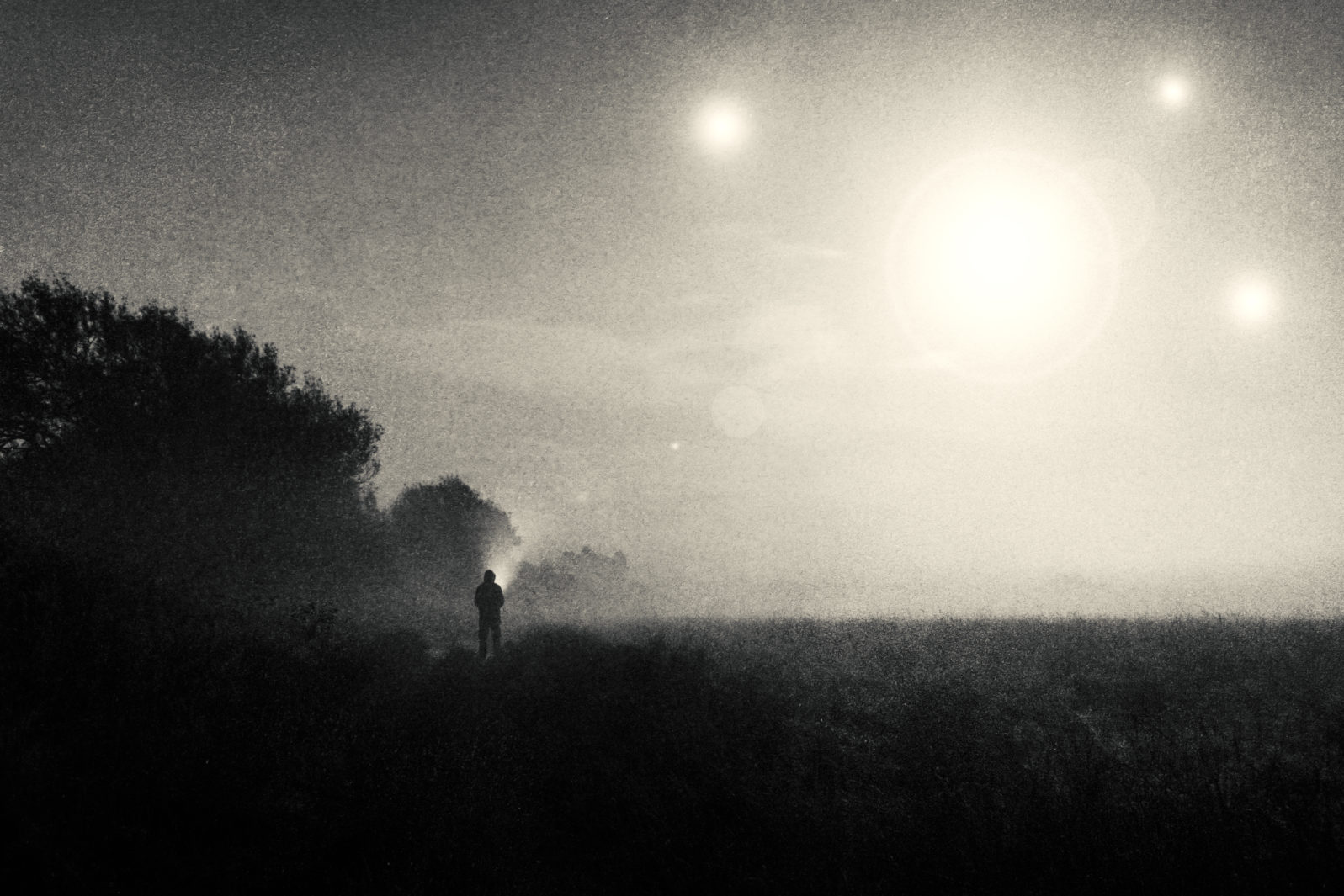The UFOs Carl Sagan Was Convinced Of But Couldn’t Talk About
Sagan had already been denied tenure at Harvard, a sci-fi screenwriter reflects, and he couldn't afford to take more chancesSci-fi screenwriter Bryce Zabel recalls a memorable dispute with cosmologist Carl Sagan (1934–1996) in a parking lot forty years ago:
The Voyager II unmanned spacecraft had been launched in August of 1977. Now, four years later, it was due to make its closest approach to Saturn on August 25, 1981. It was even going to send back photos in almost real time.
I got an idea.
Bryce Zabel, “Cosmic Collision: My UFO Debate with Carl Sagan” at Medium (August 24, 2021)
His idea was to interview Sagan (remember the insignificant Pale Blue Dot that Earth is supposed to be?).
I got to host Saturn and Beyond, and it was going to be Carl Sagan and me “live,” without commercial interruption, for thirty minutes on a show that got picked up by PBS for broadcast across the United States. It was heady stuff. After all, he was designing the messages for extraterrestrial civilizations that would ride with that Voyager spacecraft on the “Golden Record” at the same time I was a hippie radio news jock in Eugene, Oregon during college. Now I was going to sit on the same stage with him and talk a little space travel.
Bryce Zabel, “Cosmic Collision: My UFO Debate with Carl Sagan” at Medium (August 24, 2021)
Sagan was already famous for the 1980 TV miniseries Cosmos:
He was also very much a believer in extraterrestrials and UFOs and even believed that dolphins might have a role to play in the matter. Newsman Zabel was not then “a UFO guy.” At any rate, Zabel walked Sagan out into the parking lot…
This is what I asked him:
“You’re famous for saying that there are billions and billions of stars out there in the Universe. You’ve actually said that you believe the Universe is teeming with life, and that some of it must be intelligent, probably more advanced than we are. But you also insist that none of these other beings could actually be here on Earth because the distances are too vast.”
Sagan’s smile left his face during this. He said, “What’s your point?”
“Well, only that you want us to look for radio signals coming from other civilizations out in space, but you say in Cosmos that UFOs aren’t really worth investigating, because they can’t be here in the first place. You’re a scientist. Why wouldn’t you want to investigate, particularly since it could prove we’re not alone?”
“I also said that extraordinary claims require extraordinary proof,” said Sagan. “The claims I’ve seen don’t come with much proof at all.”
Bryce Zabel, “Cosmic Collision: My UFO Debate with Carl Sagan” at Medium (August 24, 2021)
Sagan left abruptly. Reflecting on the evidence, four decades later (and twenty-five years after Sagan’s death), Zabel thinks that Sagan had to downplay his passionate belief in extraterrestrials in order to avoid being written off as a crank — a cool crank but a crank nonetheless: “The truth of the matter, to me, is that he felt giving any quarter on the UFO issue could kill his career.”
Zabel has much more to tell in his story at Medium, including how he developed an interest in UFOs himself and went on to work in the sci-fi area.
Significantly, the discussion has become much less toxic over the years. The Pentagon report earlier this year clarified that UAPs (UFOs) are “not caused by any U.S. advanced technology.” There does not appear to be a straightforward weather-related explanation either for some of them. In short, it’s not a situation in which everyone on one side of the debate is a sharp cookie and everyone on the other side is a fool. In some cases, we just don’t know what’s happening.
Sagan was denied tenure at Harvard for being, according to Zabel, a little too “out there.” But today, Harvard astronomer Avi Loeb openly discusses his thoughts on ETs and UFOs in popular science venues. And, in what sounds like a helpful move, NASA is seeking standards for ET life claims, rather than just denying or avoiding them altogether.
Perhaps all unidentified aerial phenomena are due to rare natural events. But the only way to honestly evaluate that is to start with the premise that they might — in principle — not be natural events. The need to simply “debunk” is not so much part of science as it is a social phenomenon: the Ingroup vs. the Outgroup. Continually proving that one is a member of the Correct group is hardly the spirit that advances science.
Here’s some retro from Voyager 1 and 2:
You may also wish to read:
The surprising role that dolphins have played in the search for ET. Dolphins, with their apparent alien intelligence, have been seen by scientists interested in ET as a stand-in. The discovery of dolphin intelligence supported the view that intelligence might evolve in unexpected places among life forms without hands.
and
The UAPs (UFOs) are “not caused by any U.S. advanced technology.” And that’s all the Pentagon probably really knows. Some, including physicist Mark Buchanan, hope we never find out if it’s aliens or not.
